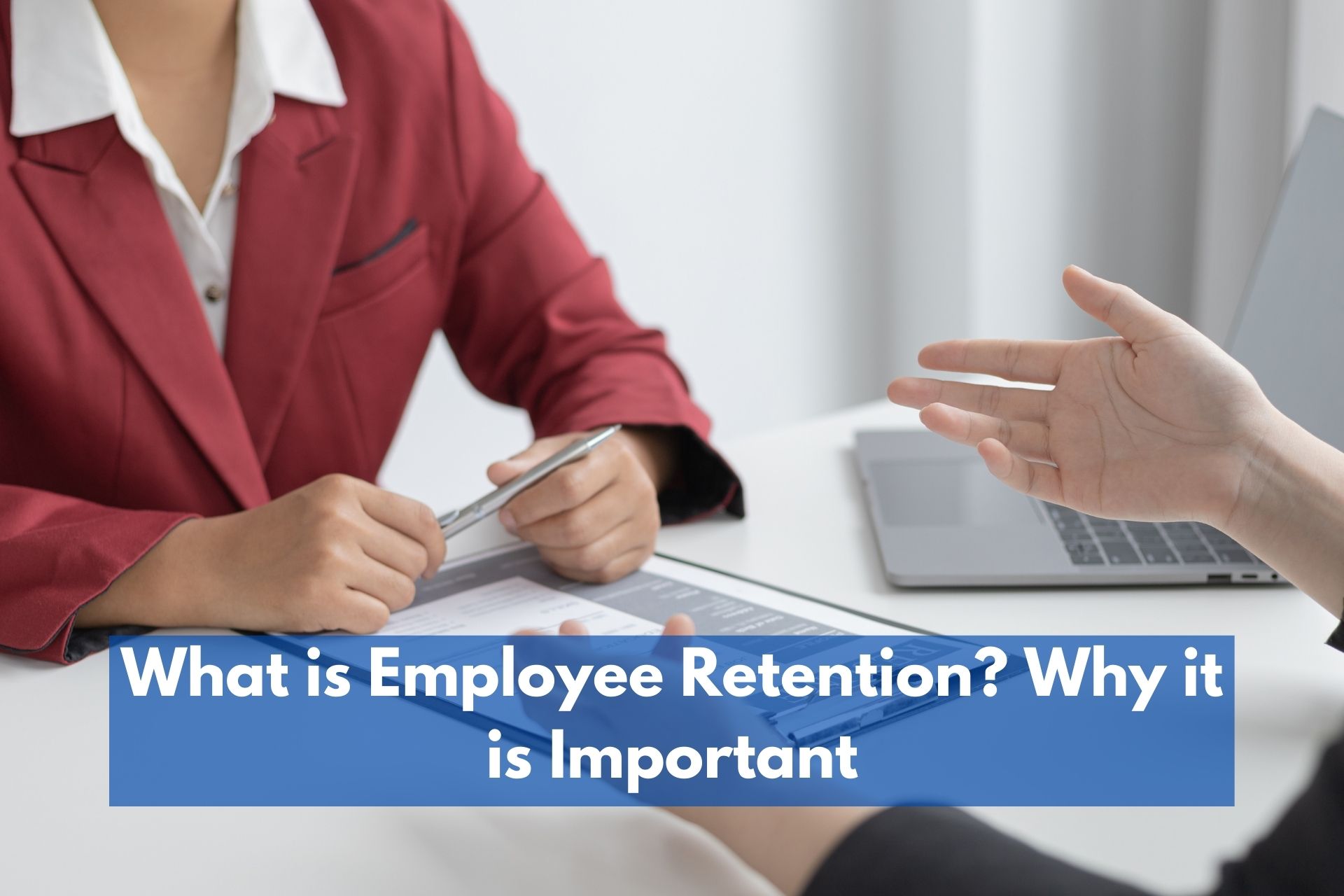What is Employee Retention? Why it is Important

Employee retention is a critical aspect of organisational success, often considered the lifeblood of a thriving business. In essence, it refers to the ability of an organisation to retain its employees over a specified period. The process involves creating an environment where employees not only find their work meaningful and fulfilling but also choose to stay and contribute to the long-term goals of the company.
Employee retention matters a lot because it directly affects how well your company does financially. When you keep your employees around, shifting them to different roles as necessary, you save a bunch of time and money that would otherwise go into finding and hiring new people.
This article explores the concept of employee retention, delves into why it is of paramount importance for businesses, and examines strategies for fostering a work environment that encourages employee loyalty.
Understanding Employee Retention:
Employee retention goes beyond simply keeping employees on the payroll. It involves creating an organisational culture that values and nurtures its workforce, fostering a sense of belonging and commitment among employees.
High employee retention rates signify that an organisation is successful in retaining its talent pool, reducing turnover, and cultivating a stable and experienced workforce.
What is the Purpose of Retention?
The purpose of retention is to keep employees within a company for a sustained period. This is done by creating a work environment that encourages job satisfaction, professional growth, and a sense of belonging.
Retention aims to reduce employee turnover, ensuring that valuable skills and knowledge are retained within the organisation. Ultimately, the purpose of retention is to contribute to the long-term success and stability of the company by maintaining a dedicated and experienced workforce.
Importance of Employee Retention:
Cost Savings:
One of the most tangible benefits of employee retention is cost savings. The recruitment and onboarding process can be resource-intensive, involving advertising, interviewing, training, and mentorship.
When employees leave, organisations incur direct and indirect costs associated with finding and training replacements. By retaining employees, organisations can minimise these costs and invest resources in other critical areas.
Enhanced Productivity:
A stable workforce contributes to increased productivity. When employees are familiar with their roles, colleagues, and organisational processes, they can perform their duties more efficiently. Reduced turnover means less time spent on training new hires and a more experienced team capable of meeting organisational goals.
Organisational Knowledge and Expertise:
Long-term employees possess valuable institutional knowledge and industry-specific expertise. This knowledge is often accumulated through years of experience within the organisation, making these employees indispensable.
Retaining such individuals ensures the continuity of this knowledge base, preventing the loss of crucial insights and skills that contribute to the organisation’s success.
Positive Organisational Culture:
Employee retention is closely linked to organisational culture. A positive work environment, characterised by trust, open communication, and mutual respect, fosters employee satisfaction and loyalty. When employees feel valued and supported, they are more likely to stay with the organisation, contributing to a positive and cohesive workplace culture.
Customer Satisfaction:
A stable workforce translates to better customer satisfaction. Employees who are familiar with customers, their needs, and the organisation’s products or services can provide more personalised and efficient service. Consistency in customer interactions, driven by a stable workforce, contributes to building long-term relationships and brand loyalty.
Strategies for Employee Retention:
Competitive Compensation and Benefits:
Ensure that your organisation offers competitive salaries and benefits packages. Regularly review and adjust compensation to align with industry standards, and consider additional perks or incentives to attract and retain top talent.
Professional Development Opportunities:
Invest in the continuous professional development of your employees. Provide training programs, mentorship opportunities, and career advancement paths. When employees see a future for themselves within the organisation, they are more likely to stay and grow with the company.
Work-Life Balance:
Recognize the importance of work-life balance. Implement flexible working arrangements, offer remote work options when possible, and promote a culture that values the well-being of employees. A healthy work-life balance contributes to job satisfaction and employee retention.
Recognition and Appreciation:
Regularly acknowledge and appreciate the efforts of your employees. Recognition, whether through awards, public praise, or other forms of appreciation, reinforces a positive work environment and strengthens the emotional connection between employees and the organisation.
Open Communication:
Foster open and transparent communication within the organisation. Ensure that employees feel heard, and their concerns are addressed promptly. Open communication builds trust and a sense of belonging, reducing the likelihood of employees seeking opportunities elsewhere.
Conclusion:
In conclusion, employee retention is not just a human resources metric; it is a strategic imperative for organisational success. By investing in the well-being, professional growth, and job satisfaction of employees, organisations can create a culture that encourages loyalty and commitment.
Organisations based in cities like Bangalore, Pune and Mumbai can partner with employee engagement company to increase productivity by implementing targeted team building activities driving both individual and organisational growth.
A high level of employee retention pays dividends in terms of cost savings, productivity, and the development of a positive organisational culture. Ultimately, building and maintaining a talented and engaged workforce is a cornerstone of sustainable business success.




